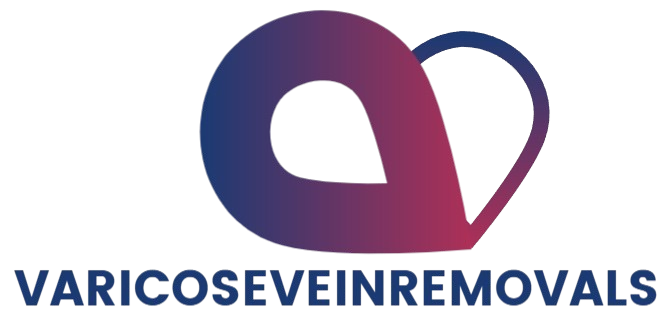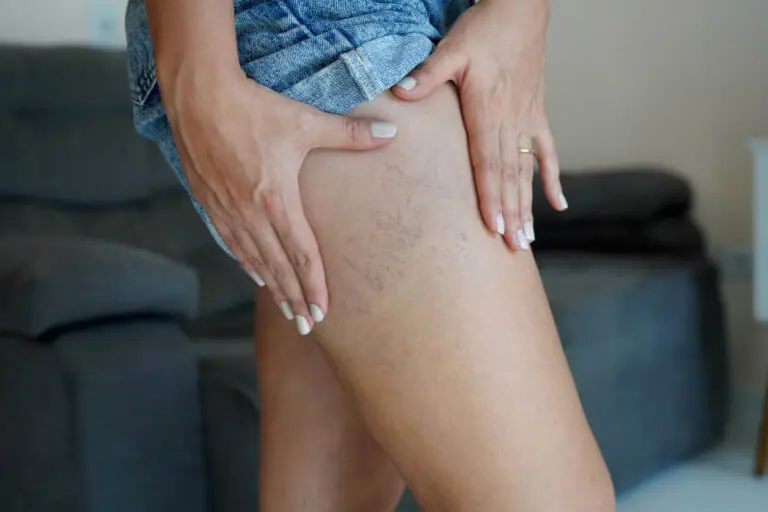Millions of Americans experience vein problems, particularly in their legs, which can range from cosmetic concerns to more serious medical conditions. These issues not only affect appearance and confidence but can also lead to discomfort and even life-threatening complications like blood clots. If you’ve noticed changes in the skin color, texture, or swelling of your legs, feet, or ankles, you may be dealing with vein disease. Fortunately, there are several treatment options available to manage and alleviate these symptoms. Here’s an overview of what vein disease is, what causes it, and how it can be treated.
What Is Vein Disease?
Vein disease, particularly in the legs, occurs when the veins—responsible for carrying blood back to the heart—become damaged or weakened. This results in poor circulation, blood pooling in the legs, and the development of uncomfortable symptoms. There are several types of vein disease, each with unique causes and manifestations.
Common Symptoms of Vein Disease
Vein disease in the legs can lead to a range of symptoms that vary from mild discomfort to severe health issues. Some common signs include:
- Swelling and Discoloration: One of the most noticeable symptoms is swelling in the legs, ankles, and feet, often accompanied by changes in skin color. The skin may darken, thicken, or develop rough patches due to poor blood flow and fluid buildup.
- Varicose Veins: These large, twisted veins are often visible under the skin and are caused by faulty valves that prevent blood from flowing in the right direction. As blood pools in the veins, they become enlarged and bulging.
- Spider Veins: Smaller, red or blue veins that appear just beneath the skin’s surface. These veins are often a less severe form of varicose veins but can still cause discomfort and affect one’s appearance.
- Leg Pain and Fatigue: Many individuals with vein disease experience a heavy, aching sensation in their legs, especially after standing for extended periods. This is due to fluid buildup (edema) and poor circulation.
- Restless Leg Syndrome (RLS): RLS causes an uncontrollable urge to move the legs, often accompanied by tingling or cramping. While the exact cause is not fully understood, poor circulation is thought to play a role.
- Skin Ulcers: In more advanced cases, pressure from accumulated blood can damage skin tissues, leading to open wounds or ulcers around the ankles.
- Deep Vein Thrombosis (DVT): A serious condition where blood clots form in the deep veins of the legs. If these clots travel to the lungs, they can cause life-threatening complications.
What Causes Vein Disease?
Several factors contribute to the development of vein disease, and understanding these causes is essential for effective treatment and prevention.
- Genetics: Family history plays a significant role. If your relatives have vein problems, you may be at an increased risk.
- Age: As we age, the veins can weaken, and the valves inside them may not function as efficiently, leading to blood pooling.
- Prolonged Sitting or Standing: Occupations or lifestyles that involve extended periods of standing or sitting can increase pressure on the veins in your legs, which hinders proper blood circulation.
- Obesity: Excess weight puts additional pressure on the veins, making them more prone to damage.
- Pregnancy: The increased blood volume and pressure from the growing fetus can stress the veins, leading to varicose veins or CVI.
- Inactivity: A sedentary lifestyle reduces blood circulation and can contribute to the development of vein disease over time.
Treatment Options for Vein Disease
Thankfully, vein disease can be managed effectively with various treatments, ranging from non-invasive methods to more advanced medical procedures. The right treatment depends on your diagnosis, the severity of the condition, and your personal health goals.
1. Compression Stockings
Compression stockings are one of the simplest, non-invasive treatments for vein disease. These specially designed garments apply gentle pressure to the legs, helping blood flow more easily toward the heart. By reducing swelling and discomfort, compression stockings are often recommended as part of a comprehensive treatment plan.
2. Sclerotherapy
Sclerotherapy is a minimally invasive treatment used to treat small varicose veins and spider veins. During the procedure, a sclerosing solution is injected directly into the affected vein. This solution irritates the vein wall, causing it to collapse and eventually be absorbed by the body. Over time, blood flow is redirected to healthier veins, reducing the appearance of varicose veins and improving circulation.
3. Endovenous Laser Therapy (EVLT)
Endovenous laser therapy is an advanced treatment for larger varicose veins. In this procedure, a catheter is inserted into the affected vein, and laser energy is used to heat and seal off the damaged vein. EVLT is minimally invasive and typically performed under local anesthesia, allowing for quicker recovery times compared to traditional surgery.
4. Radiofrequency Ablation (RFA)
Similar to EVLT, radiofrequency ablation uses heat to treat damaged veins. A catheter is inserted into the vein, and controlled radiofrequency energy is delivered to the vein walls, causing them to collapse. RFA is an effective, minimally invasive alternative to surgery and is particularly beneficial for veins located deeper in the leg.
5. Iliac Vein Stenting
Iliac vein stenting is a more advanced procedure used to treat conditions like May-Thurner Syndrome, where the iliac vein is compressed. This treatment involves placing a stent in the affected vein to keep it open, thereby improving blood flow and reducing symptoms. It is most often used in severe cases that have not responded to other treatments.
6. Lifestyle Changes
In addition to medical treatments, certain lifestyle adjustments can help manage vein disease. Regular exercise, maintaining a healthy weight, and avoiding long periods of sitting or standing are all important for improving circulation. Elevating the legs when possible can also reduce swelling, and wearing loose-fitting clothing can prevent further strain on the veins. Lastly, quitting smoking can significantly improve blood flow, as tobacco impairs circulation and oxygen delivery to the extremities.
Conclusion
Vein disease is a common yet often overlooked condition that can significantly affect your quality of life. With early intervention and the right treatment plan, you can manage the symptoms and prevent more serious complications. If you’re experiencing discomfort, swelling, or visible veins, consult with a vein specialist to explore your treatment options and take the first step toward healthier legs.



